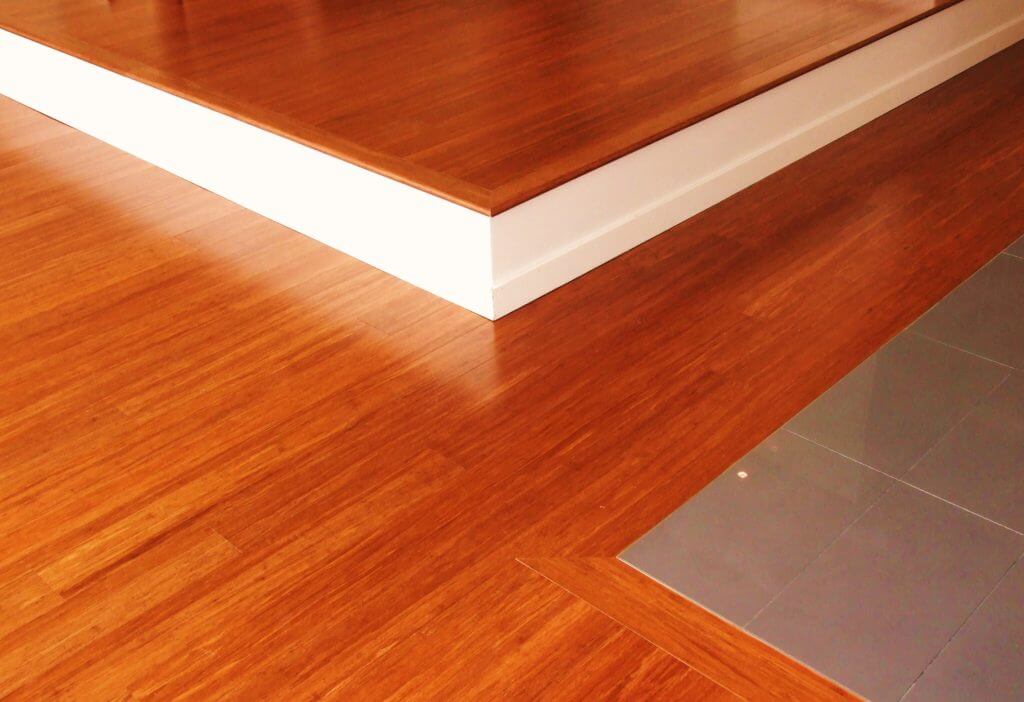What You Need to Know About Radiant Heating with Wood Floors
May 31, 2016
Thanks to the advances made in the heated floor industry, it is now possible to confidently install hardwood floors over radiant heat. This means homeowners can now enjoy the natural beauty of hickory, oak, cherry, walnut, maple, ash, and any other fine hardwood, plus the efficiency and luxurious comfort provided by radiant heating.
Depending on where you reside, radiant heating offers the possibility of application as either the sole or as a supplementary heat source in your home.
Installation of Radiant Heating Systems
There are several possible methods of installing radiant heat systems, and these are;
- For home renovations, direct installation of radiant heat tubing, under a wood subfloor, from the underside is a common practice, especially with the use of foil or traditional fiberglass to provide additional insulation.
- The installation of radiant heat tubing within a plywood underlayment system, either over an existing slab of concrete or directly over a current wood subfloor is another option. It is, however, a strong recommendation to incorporate the traditional closed-cell foam insulation developed for utilization in damp areas.
- Embedding radiant heat tubing within the concrete slab while pouring the concrete is an option for new constructions.
Most of the flooring materials can fruitfully be used over radiant heat when properly installed, although as we might all be aware, hardwood flooring offers the best comfort levels in addition to the highest aesthetic value.
Radiant Heating and Solid Hardwood Floors
Radiant heat is usually not recommended for application with solid woods since being a natural material, exposure to high levels of moisture and extensive fluctuations in temperature result in contractions and expansions. The presence of dry heat directly under solid wood floorings can, therefore, lead to quick drying out and contraction of the wood, which might result in cupping issues or the development of large gaps between floorboards. This is why most warranties for solid wood offered by manufacturers rarely cover installations over radiant heat.
For homeowners with hearts set on the ¾ inch traditional solid wood flooring, listed below are but a few recommendations.
Selection of wood
The choice of wood type is quite important, and this becomes apparent once you understand the impacts of the available options. Boards are cut from logs in two ways, these are;
- Plain-sawn: The grain runs horizontally
Plain-sawn woods, upon exposure to temperature variations, expand from side to side, and this will more likely than not lead to cupping and gaps. On the other hand, quarter-sawn woods when exposed to temperature changes expand from the top to the bottom, reducing the possibilities of developing both gaps and cupping. It is, therefore, wiser to opt for quarter-sawn wood even though this type of wood will rarely be pre-finished at the factory.
The narrower the boards, the more seams your flooring eventually contains, and this significantly assists in the absorption of possible shifts. Narrower boards are therefore the better choice compared to wider boards.
You must also consider the species. As a result of its stability, solid white oak can be successfully applied over radiant heat, while several other types of wood, including Brazilian Cherry, Maple, and Pecan are not recommended for use over radiant heat. Discussing the different floor options available with your flooring service provider ensures you choose the most suitable option for your home.
Professionalism
Nailing down or stapling of wood is usually a part of the installation process of the ¾ inch solid wood floors, and this involves the risk of possible punctures to the radiant heat tubing underneath the wood. It is, therefore, an excellent idea to engage the services of a certified and professional installer, one with experience in such installations.
Engineered Hardwoods
For the installation of hardwood flooring over radiant heat, engineered woods make the better choice. The arrangement of thin plies of wood is made such that the wood grains end up running in opposite directions. As a result of cross-ply construction, the planks are consequently more dimensionally stable, offering less movement, and withstand moisture as well as variations in temperatures far better compared to the solid woods.
Most of the engineered woods can also be floated, which essentially makes them quite ideal for installation over concrete, plus a majority of the flat and secure subfloors. Even though most of the manufacturers cover the installations of engineered floating floors over radiant heating systems with warranties, all installations have to be conducted as per the manufacturer’s specifications and guidelines.
Benefits of Radiant Heating with Wood Floors
In-floor radiant heating systems are quite reliable and durable, plus they provide evenly distributed and set temperatures, which consequently assists in the preservation of hardwood floors and offer the possibility of lasting for up to 35 years.
Radiant heating systems warm rooms from the floor upwards, resulting in the capability and comfort of setting home thermostats to lower temperatures, which effectively reduces energy consumption and saves money, even more so for hardwood flooring since it retains heat for longer periods compared to other flooring materials. Moreover, if you put to use, modern products like using a cheap smart thermostat, you could further reduce electrical waste and efficiency.
Due to the minimized use of the central air heating system, the blowing of dust, dirt particles and allergens through vents and into homes is also greatly reduced.
Wood floors are additionally ideal for radiant heating because of the possibility to reduce extra noise, mainly due to muffling characteristic, though radiant heating does not use a blower and usually produces very minimal sounds.







